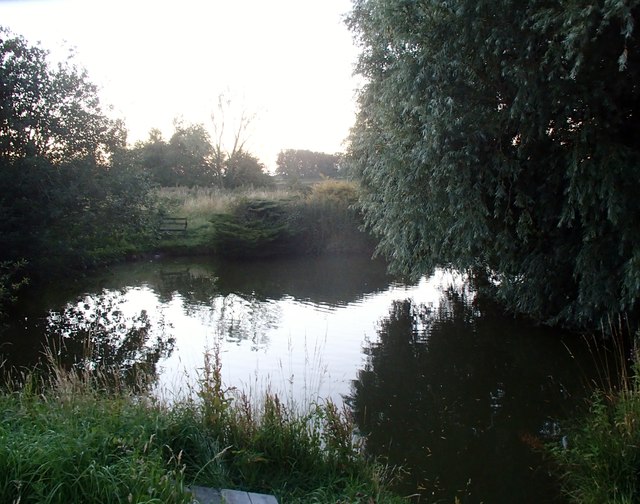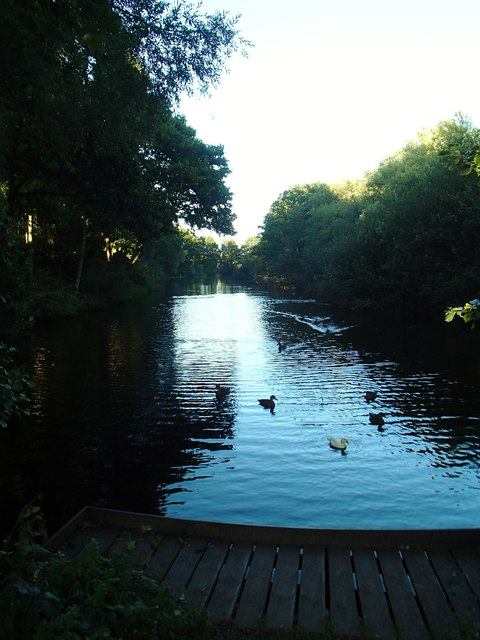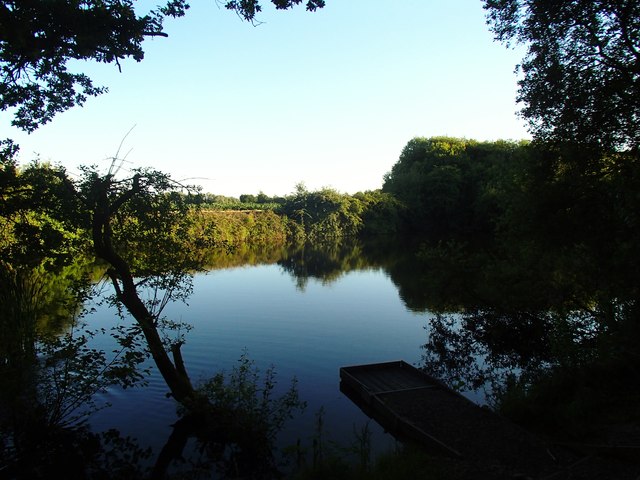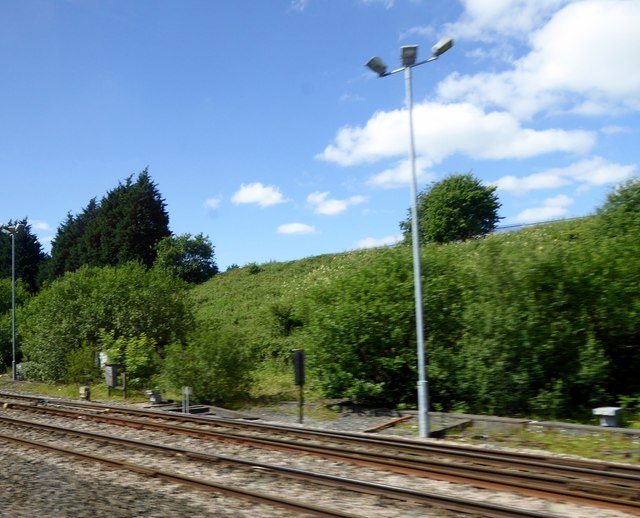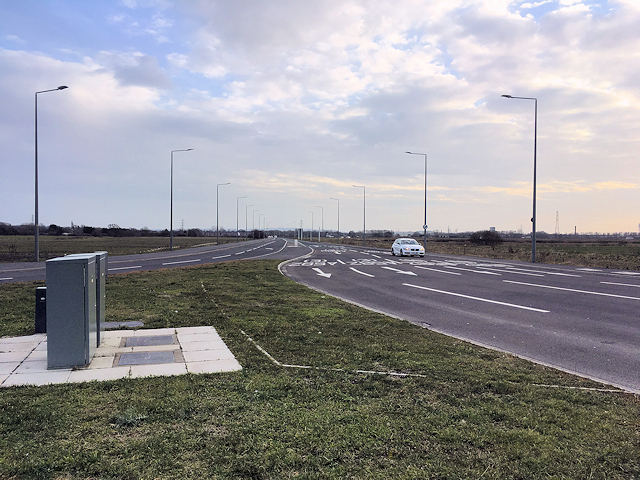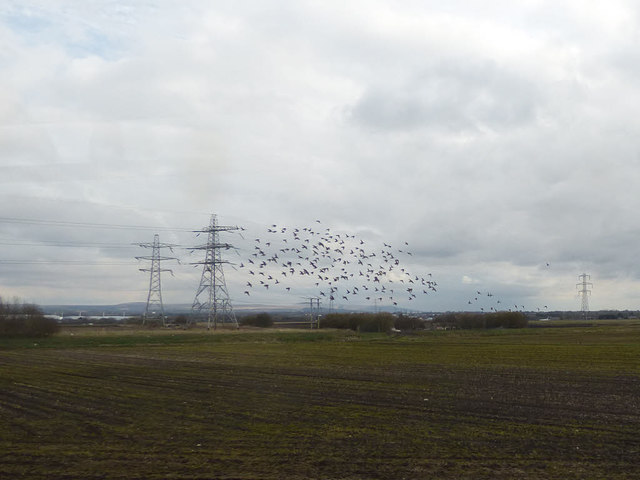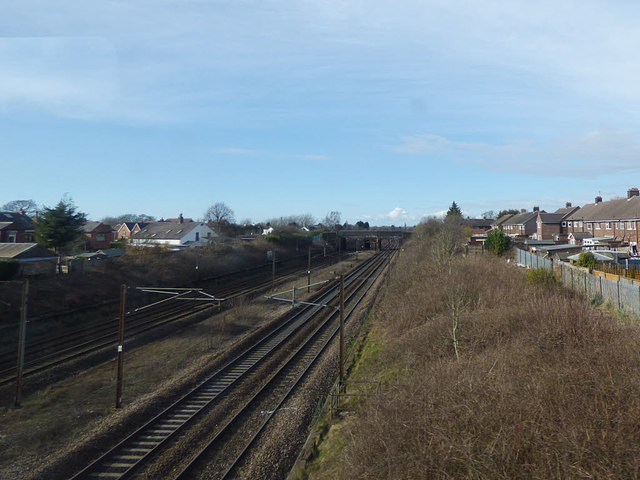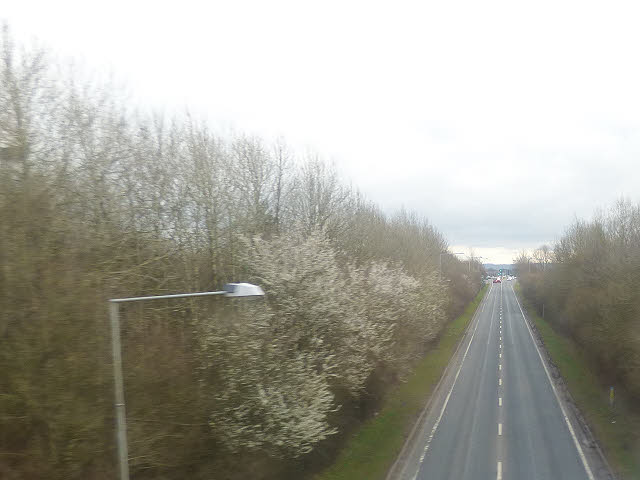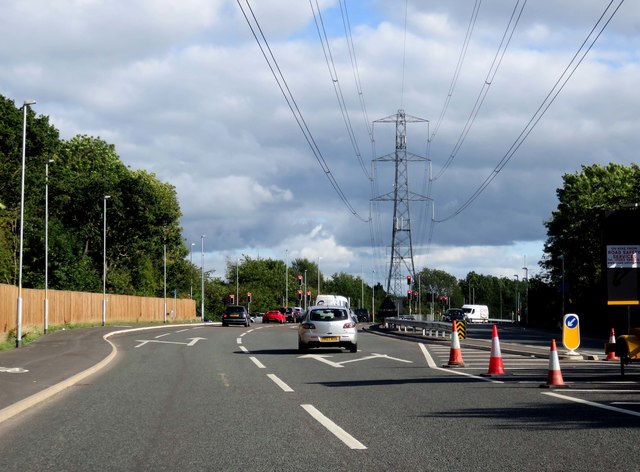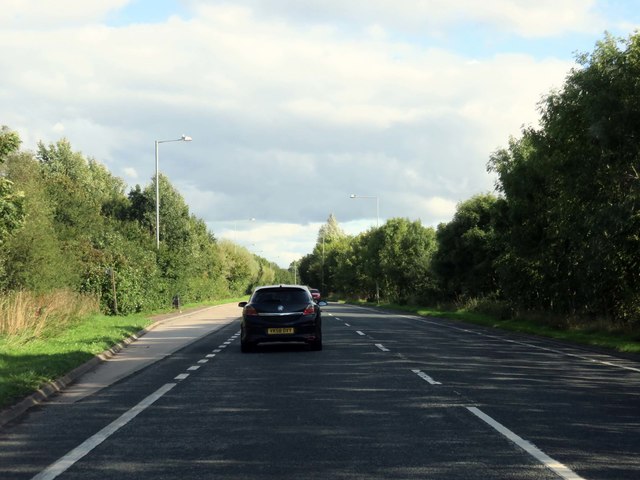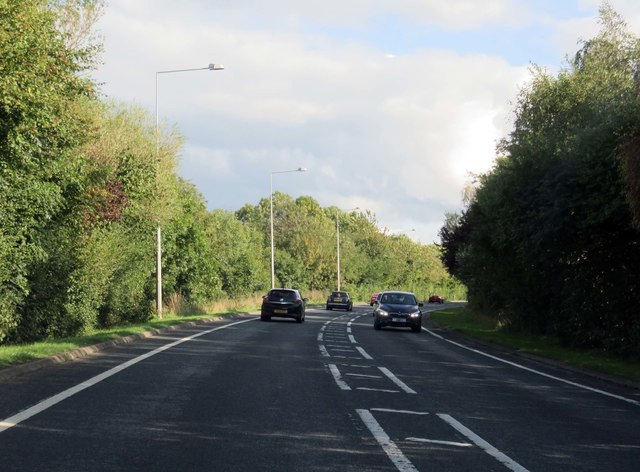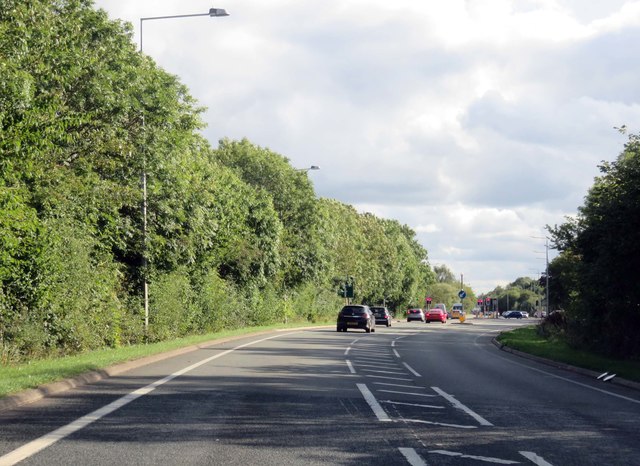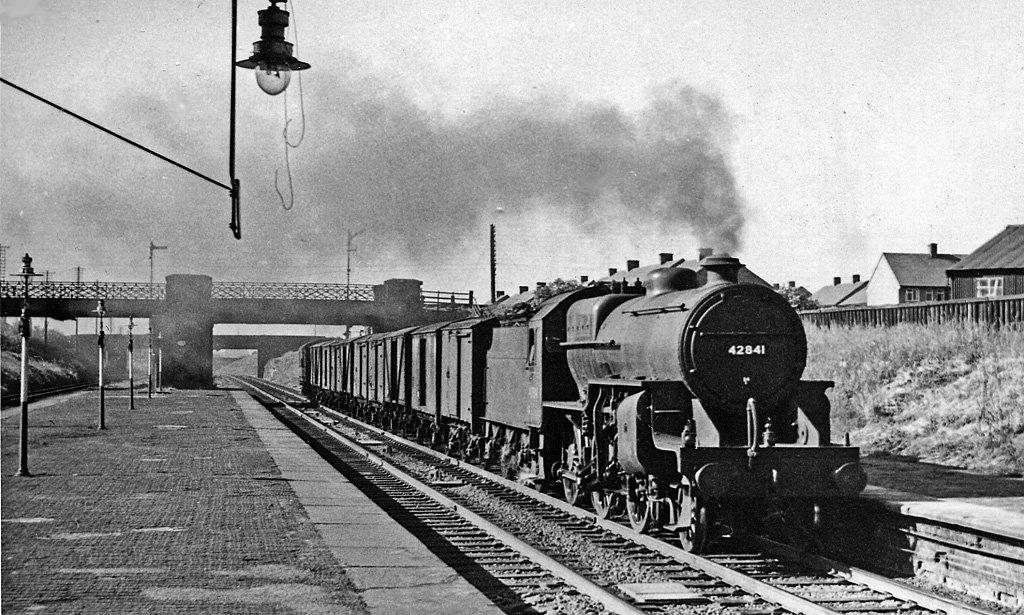Chain House Wood
Wood, Forest in Lancashire South Ribble
England
Chain House Wood
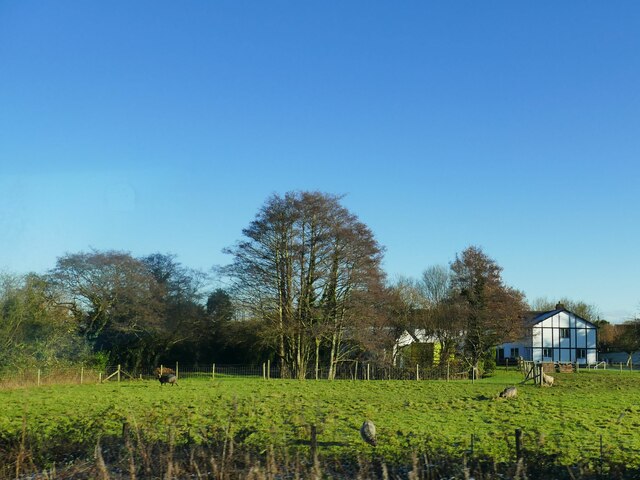
Chain House Wood is a picturesque woodland located in Lancashire, England. Situated near the village of Whitestake, the wood covers an area of approximately 25 hectares. It is bordered by the A582 road to the west and the River Lostock to the east.
The woodland is characterized by a diverse range of tree species, including oak, birch, and beech. These trees create a dense canopy, providing a habitat for a variety of wildlife. The forest floor is rich in plant life, with bluebells, wood anemones, and primroses carpeting the ground during the spring months.
Chain House Wood has a network of footpaths and trails that allow visitors to explore the natural beauty of the area. The paths wind through the wood, offering glimpses of tranquil glades and small streams. The wood is popular with walkers, joggers, and nature enthusiasts, providing a peaceful retreat from the nearby urban areas.
The woodland is also home to a diverse range of bird species, making it a haven for birdwatchers. Visitors may spot woodpeckers, tawny owls, and various songbirds among the treetops. Mammals such as rabbits, squirrels, and foxes can also be seen in the wood, adding to its ecological richness.
Chain House Wood is managed by the Lancashire Wildlife Trust, which works to preserve and protect the natural environment. The trust organizes educational events and nature walks, allowing visitors to learn more about the woodland's flora and fauna. Overall, Chain House Wood offers a tranquil and immersive experience for those seeking a connection with nature in the heart of Lancashire.
If you have any feedback on the listing, please let us know in the comments section below.
Chain House Wood Images
Images are sourced within 2km of 53.721109/-2.7235603 or Grid Reference SD5225. Thanks to Geograph Open Source API. All images are credited.
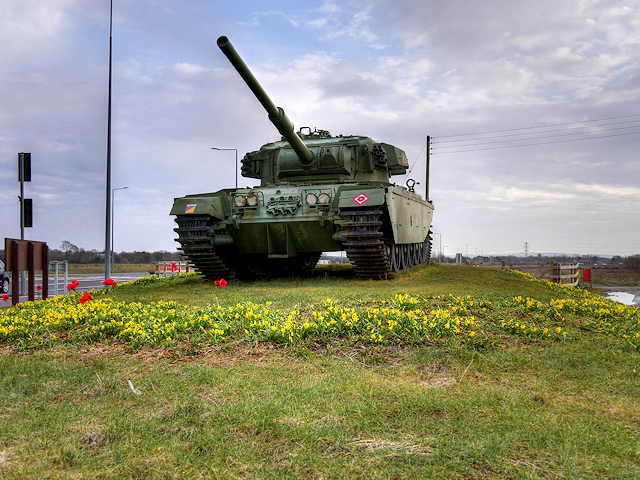
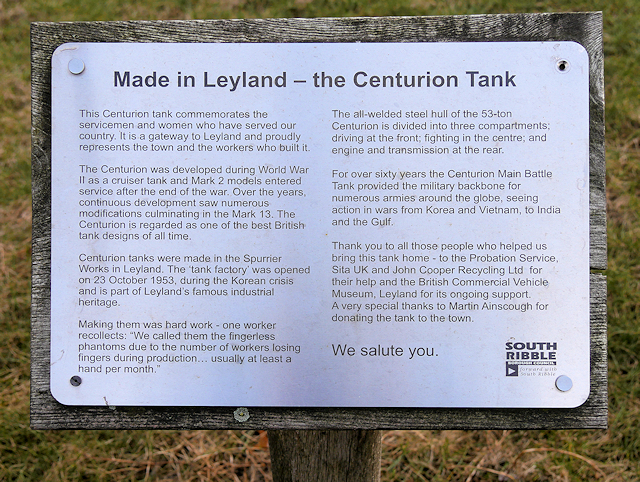
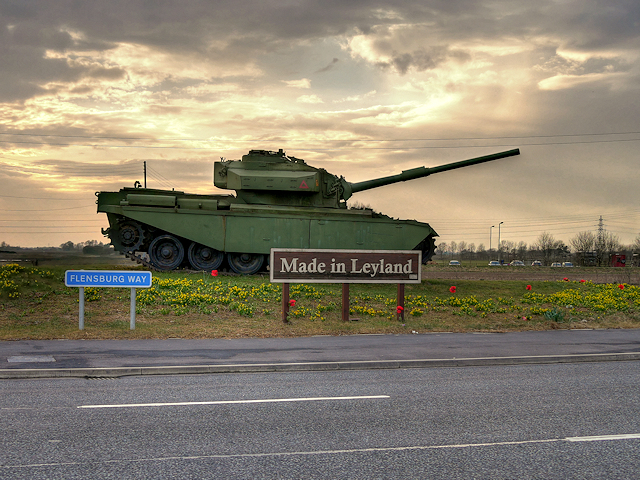
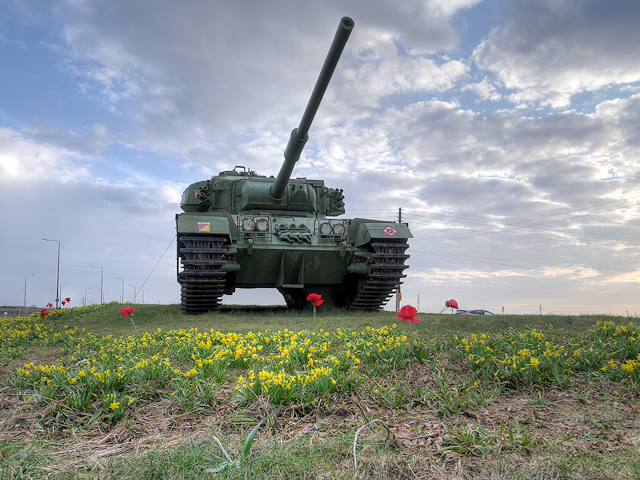
Chain House Wood is located at Grid Ref: SD5225 (Lat: 53.721109, Lng: -2.7235603)
Administrative County: Lancashire
District: South Ribble
Police Authority: Lancashire
What 3 Words
///crowned.invest.strike. Near Leyland, Lancashire
Nearby Locations
Related Wikis
Whitestake
Whitestake is a small village in the South Ribble district of Lancashire, England, on the eastern edge of New Longton It is at the boundary of the parishes...
St Paul's Church, Farington
St Paul's Church is in the village of Farington Moss, Lancashire, England. It is an active Anglican parish church in the deanery of Leyland, the archdeaconry...
New Longton
New Longton is a village located 4 miles (6 km) south west of Preston, in the district of South Ribble, in the county of Lancashire, North West England...
New Longton and Hutton railway station
New Longton and Hutton station was a railway station on the West Lancashire Railway in England. It was over a mile from each of the villages of Hutton...
Farington railway station
Farington railway station served Farington, south of Preston in Lancashire, England. == History == The station opened on 31 October 1838 under the ownership...
Farington Moss
Farington Moss is a village approximately two miles to the north of Leyland, Lancashire, England. It is a typical English village with one school and one...
South Ribble (UK Parliament constituency)
South Ribble is a constituency represented in the House of Commons of the UK Parliament since 2019 by Katherine Fletcher, a Conservative. == History... ==
Penwortham Cop Lane railway station
Penwortham Cop Lane was a railway station on the West Lancashire Railway in England. It served the town of Penwortham in Lancashire. It was between Higher...
Nearby Amenities
Located within 500m of 53.721109,-2.7235603Have you been to Chain House Wood?
Leave your review of Chain House Wood below (or comments, questions and feedback).
